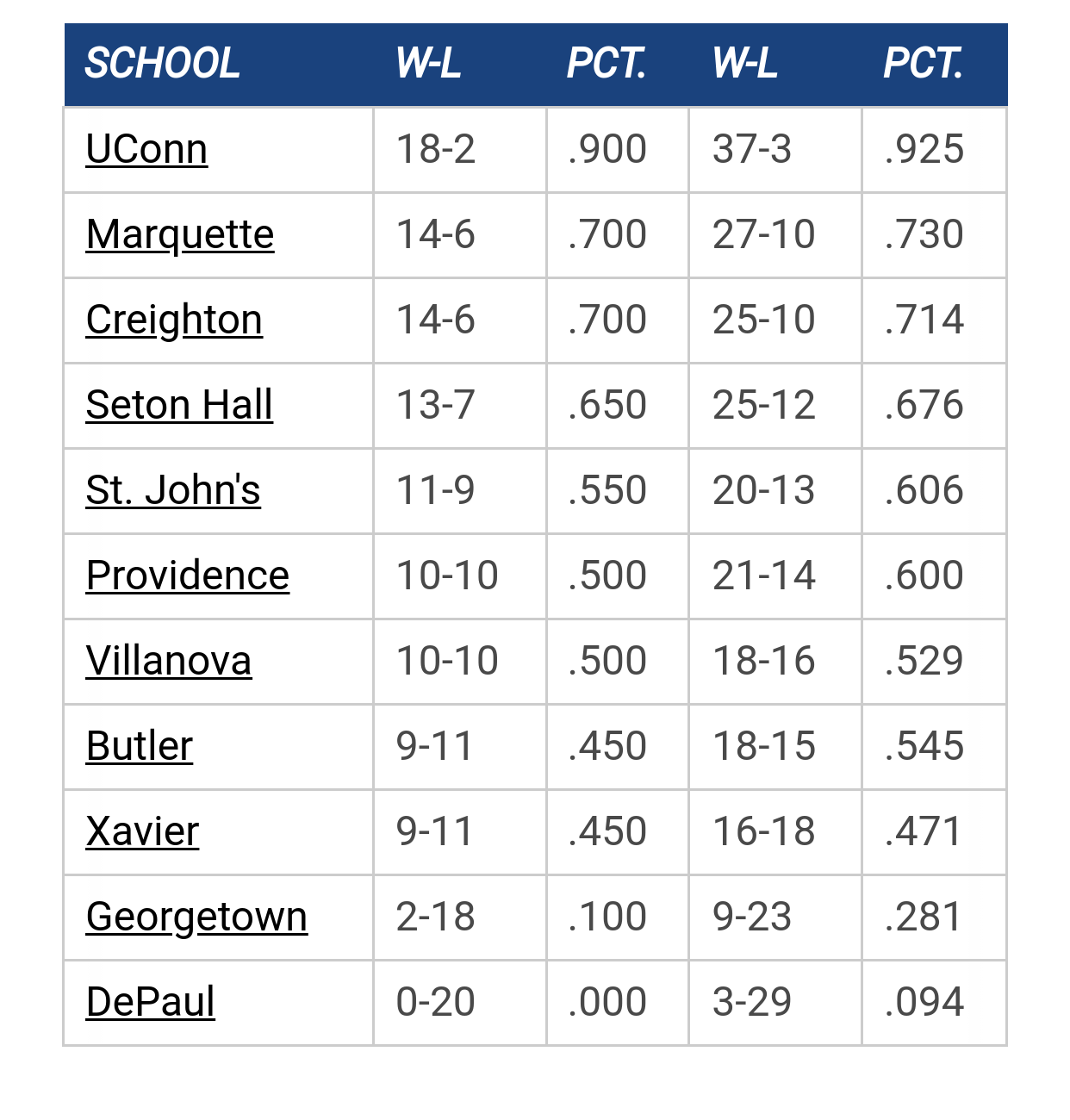- Welcome to MUScoop.
Why RGV? Maybe $400 million donors at other Power 4 schools? by CountryRoads
[Today at 01:17:47 PM]
Amadou in the portal by Viper
[Today at 01:08:41 PM]
What would make you show Shaka the door in March? by 1SE
[Today at 12:50:48 PM]
Is Shaka doubling down or just protecting his guys? by 1SE
[Today at 12:40:44 PM]
OT: Seven students revived with Narcam by Jay Bee
[Today at 11:54:42 AM]
Recruiting as of 11/15/25 by wadesworld
[Today at 11:47:17 AM]
2025-26 College Hoops Thread by Juan Anderson's Mixtape
[Today at 09:38:05 AM]
[Today at 01:17:47 PM]
Amadou in the portal by Viper
[Today at 01:08:41 PM]
What would make you show Shaka the door in March? by 1SE
[Today at 12:50:48 PM]
Is Shaka doubling down or just protecting his guys? by 1SE
[Today at 12:40:44 PM]
OT: Seven students revived with Narcam by Jay Bee
[Today at 11:54:42 AM]
Recruiting as of 11/15/25 by wadesworld
[Today at 11:47:17 AM]
2025-26 College Hoops Thread by Juan Anderson's Mixtape
[Today at 09:38:05 AM]
The absolute only thing required for this FREE registration is a valid e-mail address. We keep all your information confidential and will NEVER give or sell it to anyone else.
Login to get rid of this box (and ads) , or signup NOW!
Purdue Date/Time: Dec 13, 2025, 1:00pm TV: Peacock Schedule for 2025-26 |
||||||
User actions


